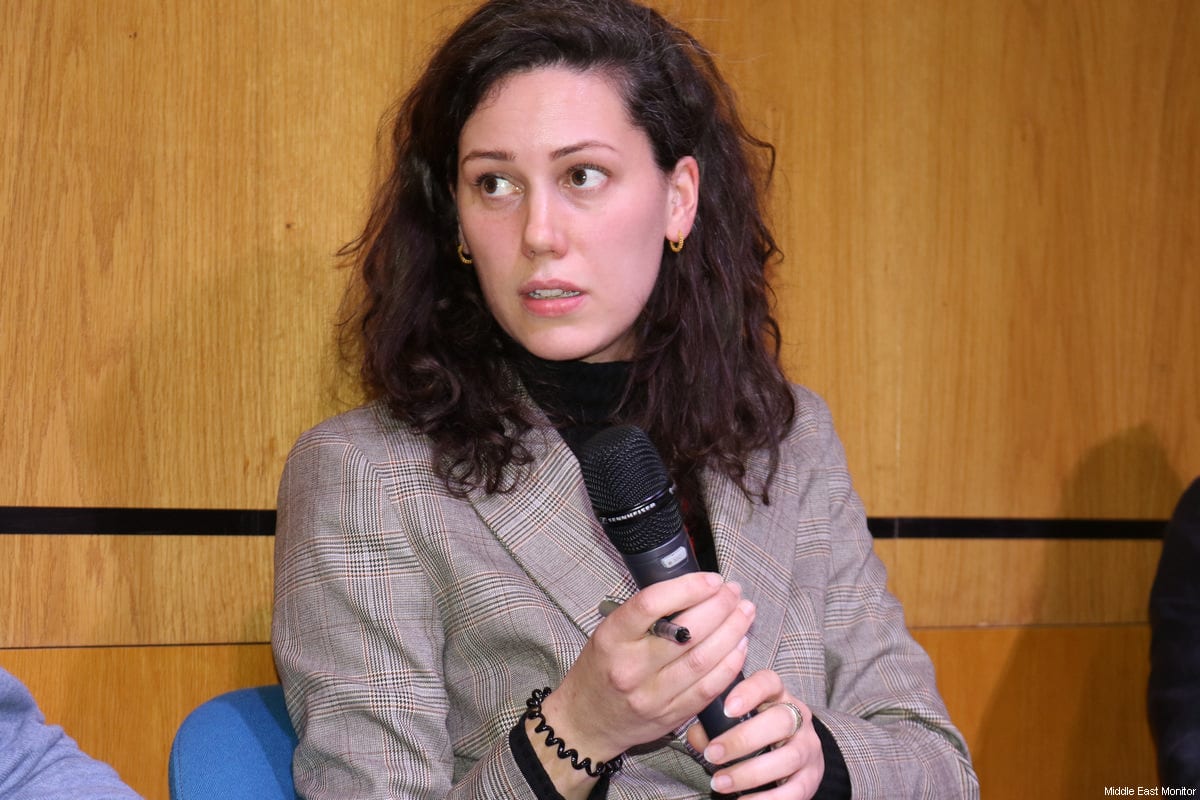For the time being at least, there will be no ground invasion in Gaza. As the death toll reached over 150 Palestinians and 5 Israelis in Operation Pillar of Defence, last night an Egyptian-brokered ceasefire defused the situation and created a delicate peace in the country.
In the aftermath of the agreement, Palestinians and Israelis are left to reflect on the future for their countries. What both sides share is that the eight long days of fighting have changed how they view each other, and their position within the international community. As a consequence of their brutal use of power, Israel is certainly more isolated; Hamas is more popular.
Yet where the two differ is in public reactions to the truce, which has drummed up very different responses on either side of the border. Sadly, five rockets were fired towards the South of Israel after the ceasefire came into effect last night. They have stoked Israeli fears that the agreement is not watertight and could burst at any point; 70 per cent of Israelis oppose the deal, according to a poll by Israel’s Channel 2 television.
Over in Gaza, they celebrated what they believe to be a victory throughout the night. Israel’s promise to open the borders and lift the siege may be based on shaky foundations and have an uncertain future, but nevertheless it presents a glimmer of hope for Palestinians. Many are relishing the fact that it was Israel, rather than Palestine, which requested the ceasefire.
The events are also affecting the other side of the country. Palestinians in the Occupied West Bank held protests against airstrikes by the Israeli army. People gathered in Hebron, Ramallah and Nablus to declare their support for Gaza in a show of solidarity that presented a united Palestine; a scary prospect for Israel and the West who like to foster disunity in Palestine and obstruct a united Arab political stand on the issue.
Perhaps their fear explains (but by no means justifies) why the Israeli army reacted to Palestinians who threw stones during the demonstrations by using skunk spray, stun grenades and rubber-coated steel bullets. Two Palestinians died in the West Bank clashes yesterday; today 55 have been arrested, making 180 in total in the eight days of the offensive.
Amongst those detained are university lecturers, students, teachers, human rights activists and civil society workers; it seems it wasn’t just rockets that were fired after the truce was signed last night. Within hours of the agreement, Israel was making West Bankers pay for their defeat.
The army claims that it is looking for the people behind the bus attack in Tel Aviv yesterday where an explosion wounded 17 people. It claims to be holding a number of “terror operatives… who are affiliated with different terror groups.” Many of those arrested are members of Hamas and Islamic Jihad.
The events are a chilling reminder of the 2008 – 2009 arrests. In Nablus, the Israeli army entered the home of the Palestinian academic Dr. Mustafa Al-Shinar and carried him away half-dressed. Hamas MP Ahmed Al-Haj was also detained after soldiers raided his home. Both were Hamas affiliates elected to the Palestinian Legislative Council, which is made up of members from districts across the West Bank and Gaza.
Perhaps the most graphic detail of the events was captured in a video released today across social networking sites. It shows Israeli army officers surrounding a young man on the floor and beating him, whilst his family stand beside, screaming. One officer reluctantly hands a small Palestinian child to one of the women and then starts kicking the person on the floor.
Despite the atrocities there is some hope to be read into the demonstrations. Significantly, some of the protesters brandished the Hamas flags for the first time in years, another sign that the eight-day crisis has increased support for the Gaza government. The fact that West Bank support for the Palestinian Authority in Ramallah has long been waning cannot be discounted in this respect.
Often referred to as the “invisible occupation”, the PA is accused of collaborating with Israel, of hiding behind negotiations in order to receive monetary awards in exchange for land for settlements in the West Bank. The Occupied area is largely a police state, which has only got worse under Mahmoud Abbas, the de facto president of the PA.
In the past, journalists have been arrested for speaking out against the PA, and beaten and arrested in protests. In the response to the 2008 – 2009 Gaza invasion the security grip was tighter on protests and didn’t allow the same response on the streets as we have seen this week.
Perhaps this marks the beginning of a united, emboldened Palestinian front, with negotiations headed by the region’s new star broker, Egyptian President Mohamed Morsi.
Follow Amelia on Twitter: @amyinthedesert
The views expressed in this article belong to the author and do not necessarily reflect the editorial policy of Middle East Monitor.











